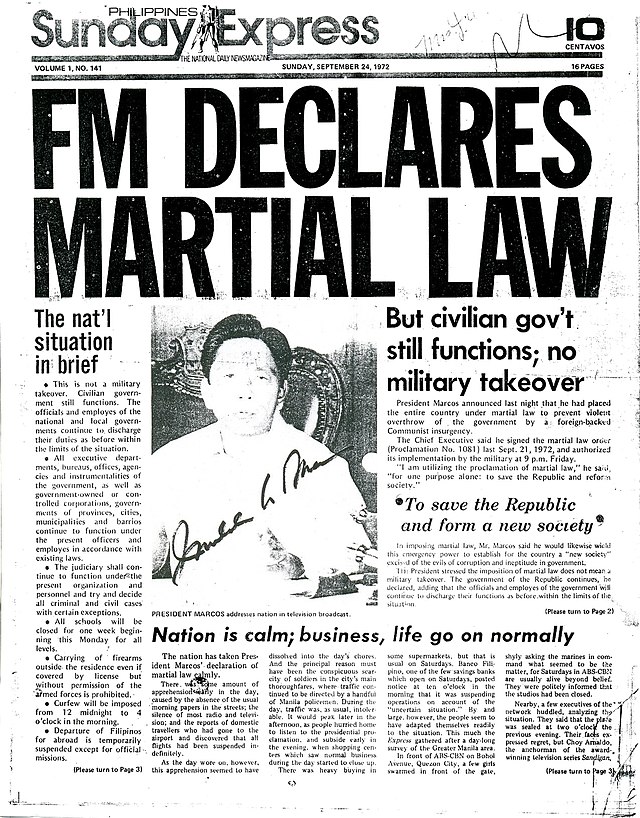News Articles for Beginners
Some Known Facts About News Articles.
Table of ContentsHow News Articles can Save You Time, Stress, and Money.Facts About News Articles UncoveredThe 5-Minute Rule for News ArticlesGetting The News Articles To WorkNews Articles Can Be Fun For Anyone
Good understanding of various topics offers students an affordable edge over their peers. Despite the fact that electronic and social media sites are easily accessible, we need to not forget just how essential it is to review the newspapers. Moms and dads must attempt and inculcate the routine of checking out a newspaper as an everyday routine to proceed the legacy of the adored print tool.Information tales likewise consist of at the very least one of the adhering to crucial attributes about the designated audience: distance, prominence, timeliness, human passion, strangeness, or effect. The associated term journalese is in some cases used, generally pejoratively, to describe news-style writing. Another is headlinese. Papers typically stick to an expository writing style.
Within these limitations, newspaper article likewise aim to be extensive. Various other aspects are involved, some stylistic and some derived from the media kind. Among the bigger and extra reputable papers, justness and balance is a major consider providing details. Discourse is usually constrained to a different area, though each paper might have a various overall slant.
Papers with a global target market, for instance, tend to use a much more official design of composing. News Articles.; common design overviews consist of the and the United States News Design Book.
News Articles - Truths
As a rule, reporters will certainly not utilize a long word when a short one will certainly do. Information authors try to stay clear of making use of the same word extra than once in a paragraph (in some cases called an "resemble" or "word mirror").
Nonetheless, headings occasionally omit the subject (e.g., "Jumps From Boat, Catches in Wheel") or verb (e.g., "Cat woman lucky"). A subhead (additionally subhed, sub-headline, subheading, subtitle, deck or dek) can be either a subordinate title under the main heading, or the heading of a subsection of the post. It is a heading that comes before the primary text, or a group of paragraphs of the main message.

Additional signboards of read any of these kinds might show up later on in the post (specifically on subsequent pages) to attract additional reading. Such billboards are also used as pointers to the article in other areas of the magazine or website, or as advertisements for the item in various other publication or websites. Typical structure with title, lead paragraph (summary in strong), other paragraphs (information) and contact details.

Instance of a hard-lead paragraph NASA is proposing an additional area task. The budget plan requests about $10 billion for the job.
An "off-lead" is the second most vital front web page information of the day. To "hide the lead" is to start the article with background details or details of secondary importance to the readers, requiring them to review even more deeply right into a write-up than they should have to in order to discover the important factors.
News Articles Things To Know Before You Get This
Common usage is that one or 2 sentences each develop their own paragraph. Reporters generally describe the company or structure of a newspaper article as an inverted pyramid. The essential and most fascinating aspects of a tale are placed at the beginning, with supporting details following in order of diminishing value.
It allows individuals to discover a topic to just the depth that their inquisitiveness takes them, and without the imposition of information or nuances that they might consider pointless, but still making that details offered to extra interested visitors. The inverted pyramid structure also makes it possible for articles to be cut to any more type of arbitrary length throughout layout, to fit in the area readily available.
Some writers begin their explanation their tales with the "1-2-3 lead", yet there are many kinds of lead readily available. A twist can refer to numerous things: The last story in the information program; a "satisfied" story to end the program.
Longer short articles, such as publication cover articles and the pieces that lead the inside sections of a newspaper, are referred to as. Attribute stories vary from straight news in numerous methods. Foremost is the absence of a straight-news lead, many of the moment. Rather than offering the essence of a tale up front, attribute writers might attempt to tempt visitors in.
The Single Strategy To Use For News Articles
The reporter commonly details communications with meeting topics, making the item much more personal. A feature's initial paragraphs often relate an intriguing moment or event, as in an "anecdotal lead". From the particulars of a person or episode, its sight quickly broadens to abstract principles about the story's subject. The area that signifies what a feature has to do with is called the or signboard.
The Editor's Tool kit: A Referral Guide for Beginners and Professionals (2001) Allan M. Siegal and William G. Connolly. The New York City Times Guidebook of Style and Usage: The Official Design Overview Used by the Writers and Editors of the World's The majority of Authoritative Paper (2002) M. L. Stein, Susan Paterno, and R.